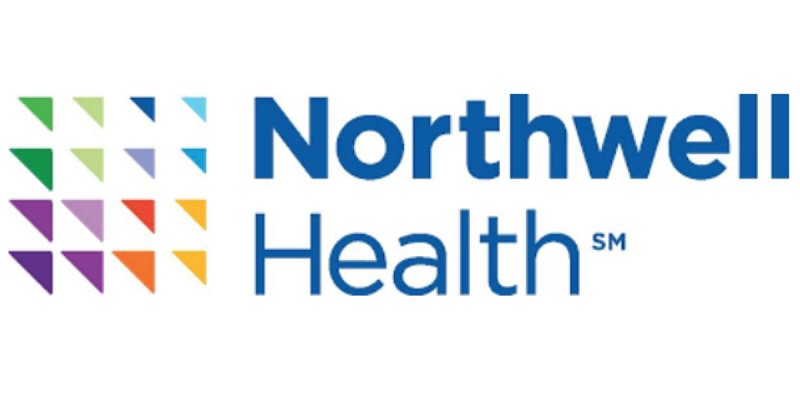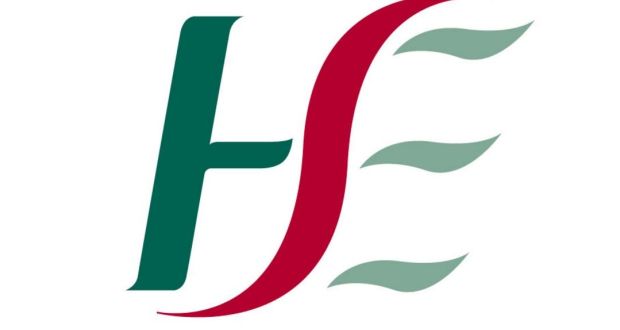Managing Patient Demand Patterns: Primary Care Rosters
Primary care providers are the frontline of the healthcare system, delivering essential services to communities across the country. However, fluctuating patient demand can put pressure on GP surgeries, health centres, and urgent care clinics, particularly when staffing resources are limited or inflexible. Understanding patient demand patterns and adapting staff rosters accordingly is essential for providing consistent, high-quality care.
In this article, we explore how a rostering approach, powered by smart scheduling tools, can align staff availability with patient demand in primary care settings.

Uneven and Unpredictable Demand
Primary care providers face a unique challenge: demand can be highly variable depending on the day, season, and local events. Key demand trends often include:
- Monday morning surges following weekend closures
- Increased visits during winter flu season
- Holiday-related staffing gaps around Christmas or summer leave
- School term-time patterns, particularly for paediatric cases
- Sudden upticks during public health alerts or outbreaks
Failing to anticipate and prepare for these fluctuations can result in long patient wait times, clinician burnout, and reduced quality of care.

Traditional Rostering vs Demand-Driven Scheduling
Traditional staff rosters in primary care are often built manually, with static weekly or monthly templates. While these may cover basic shift requirements, they rarely account for actual demand trends. This leads to:
- Overstaffing during quiet periods, wasting resources
- Understaffing during busy times, risking patient dissatisfaction
- Difficulty responding to last-minute staff absences or increased appointments
By contrast, a demand-driven rostering approach uses real-time and historical data to build rotas that align staffing levels with patient needs.

What Is a Rostering Approach to Patient Demand?
A rostering approach focuses on matching the right staff to the right place at the right time. This involves:
- Analysing historical appointment data to identify high-demand periods
- Predicting future demand using seasonal trends and booking patterns
- Scheduling shifts accordingly, ensuring adequate coverage at peak times
- Utilising flexible staff pools, including locums or part-time clinicians
Modern workforce tools like CliniShift enable practice managers to adopt this approach through automated scheduling, availability tracking, and real-time shift communication.

Benefits of Demand-Responsive Rostering in Primary Care
- Improved Patient Access and Satisfaction
When rosters align with demand, patients benefit from:
- Shorter wait times
- Increased appointment availability
- Better continuity of care
This improves the patient experience and supports better clinical outcomes, especially for individuals with chronic conditions who require regular monitoring.
- Optimised Use of Resources
Rather than having too many staff during slow periods and too few when demand peaks, intelligent rostering ensures every shift is efficiently staffed. This helps reduce:
- Unnecessary overtime
- Costly locum cover due to planning failures
- Wasted clinician time during quiet periods
With better planning, primary care clinics can do more with their existing workforce.
- Reduced Clinician Burnout
Mismatch between staffing levels and demand often leads to stress, long hours, and clinician dissatisfaction. Demand-aware rostering protects staff wellbeing by:
- Ensuring workloads are evenly distributed
- Reducing last-minute schedule changes
- Supporting flexible work patterns for part-time and sessional GPs
Clinicians who feel their time is respected are more likely to remain engaged and committed to their practice.
- Faster Response to Unplanned Demand Surges
Using CliniShift, practice managers can send Broadcasts or push notifications to qualified staff to fill urgent gaps at short notice.

Implementing Demand-Led Rostering with CliniShift
CliniShift provides tools that allow practices to take a data-informed approach to scheduling, including:
- A smart Schedule Builder that adapts to demand trends
- Real-time Broadcasting to fill urgent shifts
- Availability tracking so managers can see who’s ready to work and when
- Integration with time-off requests and self-service rostering
By combining these features, CliniShift empowers primary care providers to adopt a flexible, patient-centred rostering model that improves care delivery.







